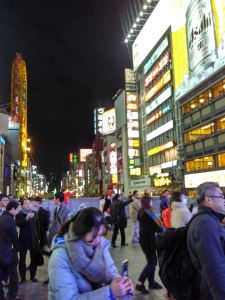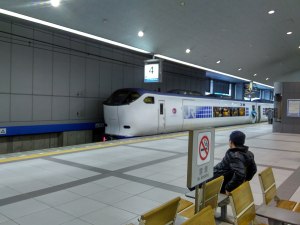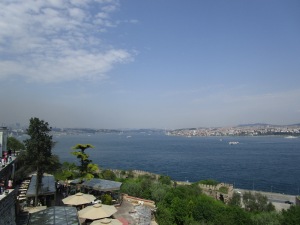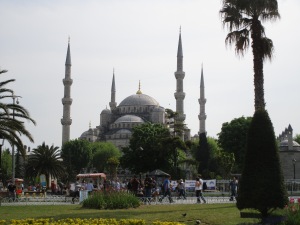Arpita Biswas, PhD student in the Game Theory Lab at the department of Computer Science and Automation, shares her experience of her trip to New Orleans, Louisiana, USA.
This post is about my recent visit to the city of New Orleans, where I presented my paper titled “Groupwise Maximin Fair Allocation of Indivisible Goods”, at the 32nd AAAI Conference on Artificial Intelligence (AAAI 2018). The conference was held between 2nd February and 7th February 2018.
About the Location
The conference venue was the Hilton New Orleans Riverside hotel, located in the Warehouse and Arts District, which overlooks the famous Mississippi river. The area surrounding the venue was very scenic. The hotel was also very close to some of the popular tourist attractions, such as the French Quarter, Jackson Square, the Audubon Aquarium, the Butterfly Garden and the Zoo. Fortunately, my visit coincided with onset of the Mardi Gras festival! This gave me the opportunity to witness, first-hand, the city’s vibrant spirit at its best. People were engrossed in eating, throwing beads, and parades. The carnival was truly one of a kind, with funky costumed parade rolls, followed by decorated trucks which threw gifts (beads, toys, hats, decorative accessories) towards the crowd. The super excited crowd, who thronged the road sides, collected the gifts in huge bags, and danced to the rhythms of the parade! In the evening, the neon lights added a new dimension to the revelry– the shiny clothes of the performers and their bead-necklaces emitted colorful reflections, and the gift-loaded trucks simply dazzled!

Apart from the ongoing carnival, I thoroughly enjoyed the spectacular neighborhoods. A walking distance away from the conference venue was the French Quarter, which is famous for its historic and picturesque architecture, antique stores, century-old restaurants, and the vibrant night-life. The streets are lined with incredible performers — dancers, magicians, painters, and singers (accompanied with incredibly skilled drummer, flutist, guitarist, saxophonist etc.). The legendary Jazz music clubs and live performances were, quite literally, music to the ears! Further walk down from the French Quarter landed me to the most raucous place I have ever been, called the Bourbon Street. The entire street was throbbing with loud music, and people dancing to the beats. Surprisingly, I found most of the people dressed up in strange costumes– red shiny eye-wears and furry head-gears with glowing horns (almost like Halloween costumes). I could not stay there for long since I witnessed the crowd getting crazy and throwing beads and paper cups at each other; it was an experience that is best enjoyed from a distance! On the way back, I visited Jackson Square where the grand St. Louis Cathedral is located. It is known to be the oldest active Roman Catholic Cathedral in the United States, originally built in 1727 (rebuilt in 1850). This building stands tall amidst beautiful flower gardens. Moreover, the horse-carts, lined up all around the fence, make it a prominent subject of interests for painters and photographers. I was overwhelmed with the incredible paintings which were displayed around the iron fences by the talented artists. The tour for the day ceased on a distinctly Parisian note– a pleasing cup of coffee (café au lait) and authentic doughnuts called Beignets (a must-try) at the Cafe Du Monde coffee bar (established on 1862). I found this place so relaxing and soothing that I walked down to Jackson Square almost every evening during my stay.
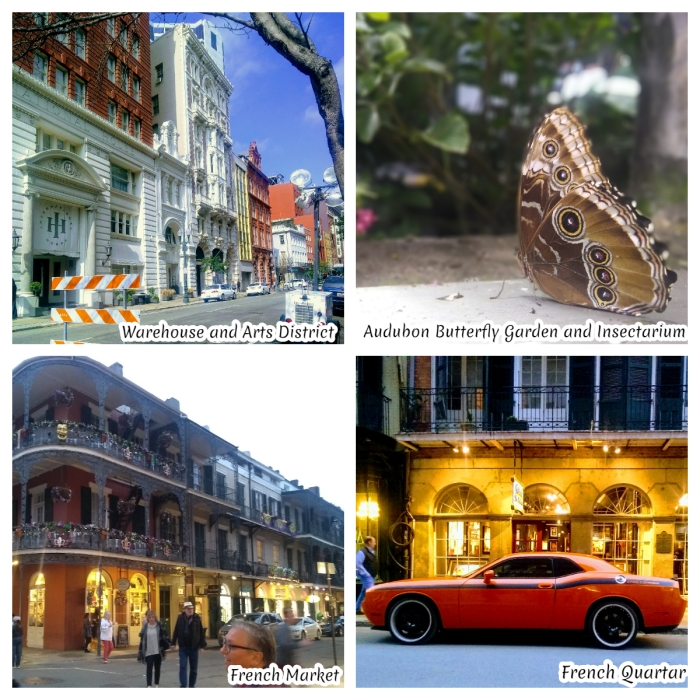

Another place where I had a remarkable experience is the Butterfly Garden and Insectarium. I really enjoyed the interactive exhibits and the showcase of a wide variety of live insects (which I have never heard of till then). The exhibition also included a 4D animated movie on insects. However, I was overwhelmed after going inside the glass covered butterfly house, where stunning and colorful butterflies were flying all over the room. They demonstrated how the newly hatched butterflies are gently taken out of the cocoons and set free to fly around. This museum was really informative and educational. Some of the other places worth visiting are the Audubon Zoo and the Audubon Aquarium; I regret not being able to visit those.
Some other recommended “things-to-do” that I had to skip due to heavy rainfall are the “swamp tours” (highly recommended for people who are fascinated with alligators, snakes and other swamp creatures) and the “ghost tours” (starting from the unique above-ground structure of the cemeteries to the stories about witches, ghosts, vampires, murderers, Voodoo practices etc.). The ghost tour is highly popular for people who want to get a taste of the haunted side of New Orleans.
About the Conference
The AAAI Conference on Artificial Intelligence (AI) is one of the top-tier conferences in AI. AAAI 2018 was densely packed with presentations, and was heavily attended with about 930 main track presentations, 7 invited talks, 16 different workshops, 25 tutorial talks and about 2700 attendees. There were more or less 8 parallel sessions running throughout the day! This made it difficult to attend talks from multiple disciplines. Hence, I chose to attend the talks in the “Game Theory and Economics” session, which is more related to my PhD topic.
Our paper (joint work with Siddharth Barman, Sanath Kumar Krishnamurthy and Y. Narahari) addresses the problem of fair allocation of indivisible goods, which is currently a very active area of research, with lots of possible real-world applications. In particular, we define two new “fairness” notions for allocating indivisible goods, and provide a polynomial time algorithm to compute such allocations.
During the conference, I had several interesting discussions with many eminent researchers from the Game Theory community. This conference provided me an excellent platform to network with active researchers, and I got valuable feedback on my ongoing work. Apart from my own paper, I presented two other papers (because the authors of those papers could not make it to the conference). All my talks were highly appreciated, and I am glad that I got the opportunity to present and discuss other exciting topics.
There were various other networking opportunities which were organized by the AAAI committee. The “student welcome dinner” and “student abstracts session” helped the students understand each other’s works, dive into possible collaboration opportunities and explore interesting research directions. The “student job fair” was extremely popular among those who were looking for internships or full-time positions at industrial research groups. The “breakfast with champions” session was organized as part of the annual women mentoring event, where a few female students got the opportunity to interact with some of the prominent researchers and professionals. I found this session extremely inspiring and informative. Overall, the conference was well organized, giving the students ample opportunity to get inspired and bring back with them loads of research ideas.
Last but not the least; I gratefully thank Google for the PhD Fellowship and Microsoft Research for the travel grant.


















